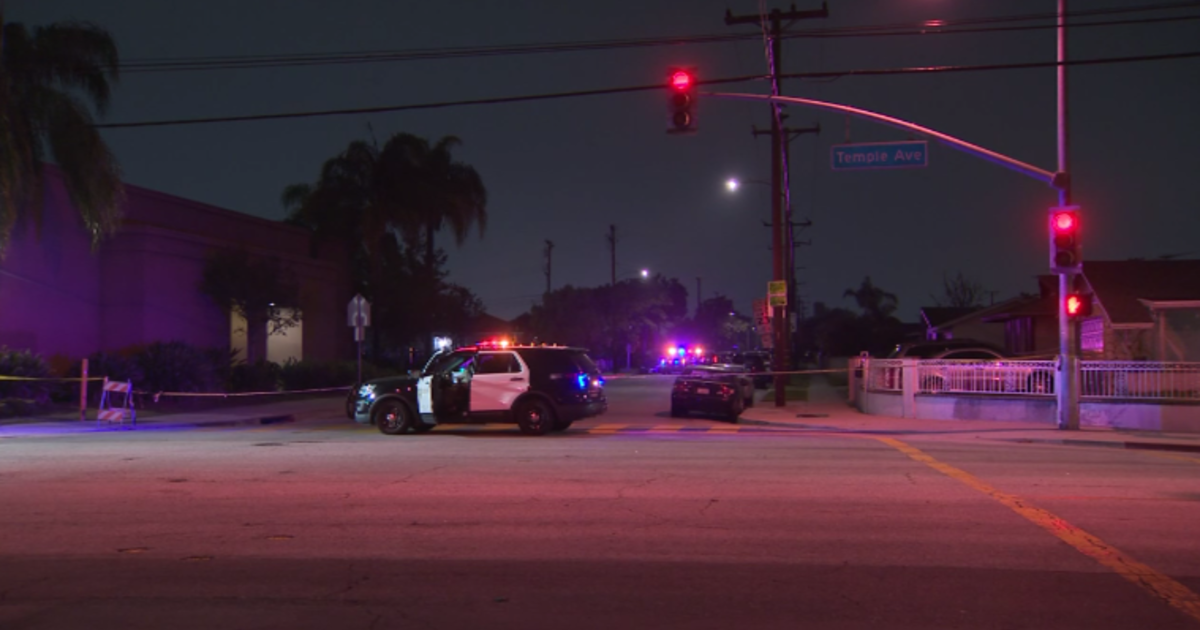Calif. Central Coast The Source Of Romaine Lettuce E. Coli Outbreak, Officials Say
LOS ANGELES (CBSLA) – Official have narrowed down the farming region believed to be the source of an outbreak of E. coli-laced romaine lettuce to California's Central Coast.
Only romaine lettuce harvested from the Central Coast region of northern and central California needs to be avoided, the Centers for Disease Control and Prevention reported Tuesday. The Central Coast spans from Ventura County north to Santa Cruz County. It includes Santa Barbara, San Luis Obispo and Monterey counties.
Romaine lettuce from other areas is safe to eat.
The E. coli outbreak linked to romaine lettuce has now sickened 43 people across 12 states, the CDC reports. At least nine of those patients are here in Los Angeles County.
Sixteen of the 43 patients have been hospitalized. None of the cases have been fatal. All the cases were reported between Oct. 8 and Oct. 31.
The patients have all been infected with a strain of Shiga toxin-producing E. coli known as O157:H7, according to the CDC.
As of Nov. 23, there have been another 22 confirmed E. coli cases in Canada which share the same DNA fingerprint of O157:H7. Eight of those people have been hospitalized, according to the Public Health Agency of Canada.
The CDC noted that lettuce from California farming areas outside the Central Coast – including the Yuma desert area and Imperial and Riverside counties – is safe to eat.
The CDC will begin labeling romaine lettuce products with the region they were harvested. This includes whole heads of romaine, hearts of romaine and bags of precut lettuce and salad mixes.
If romaine lettuce does not contain a label for where it was harvested, consumers should throw it away. If you are unsure where your lettuce came from, you should throw it away, the CDC reports.
Restaurants and stores are also asked not to sell or serve romaine lettuce from the Central Coast region.
This is the second nationwide E. coli outbreak linked to tainted romaine lettuce this year. In the spring of 2018, an outbreak sickened at least 98 people across 22 states. That outbreak was linked to tainted lettuce out of Yuma, Ariz.
The current outbreak is not believed to be connected to that one, the CDC reports. However, its DNA fingerprint is the same as a romaine lettuce E. coli outbreak in December 2017 which also sickened dozens of people across the U.S. and Canada.
"If you look at the map of illness onsets from last year, it is very similar to this recent outbreak….because these two are related, we have really more clues to go by now in terms of where people got sick and the timing involved," Scott Horsfall, the CEO of the California Leafy Greens Marketing Agreement, told CBS News last week.
Symptoms of E. coli include bloody diarrhea and stomach cramps three to four days after eating contaminated food. While most patients will recover within a week, extreme cases can result in kidney failure, the county health department reports.



